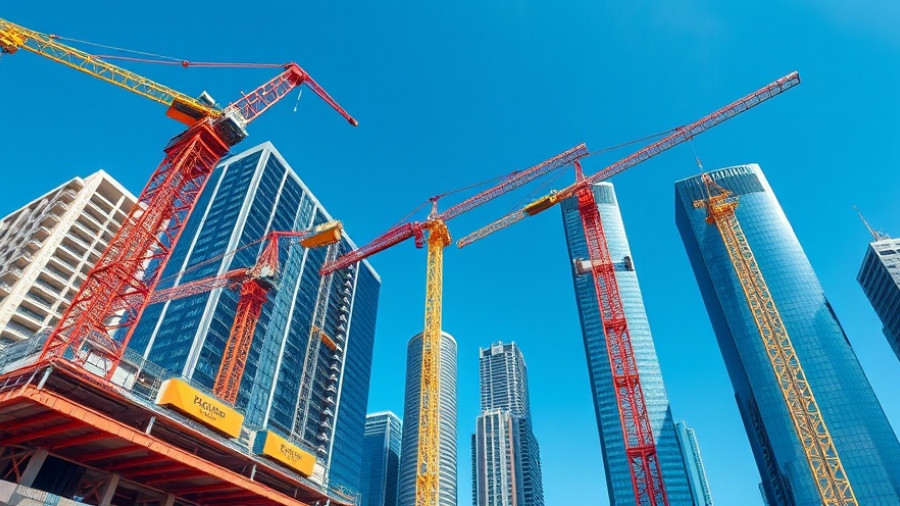
The Unpredictable Nature of Construction Delays
Construction schedule delays are a well-known challenge that business owners, property developers, and facility managers face. Understanding what truly affects these delays—and what does not—can significantly impact project timelines, budgets, and overall satisfaction. When embarking on a project, it’s essential to recognize key factors that can lead to unplanned setbacks.
Permitting: The Unavoidable Wildcard
City permitting is perhaps the most significant and unpredictable factor in construction delays. In metropolitan areas like Los Angeles, obtaining the necessary approvals can take anywhere from four to twelve weeks—or even longer if changes are required. This lengthy process is often due to mandatory plan checks, where 60% of projects may require resubmission for compliance with code standards.
For instance, a Brentwood remodel experienced an eight-week stall simply due to a missed detail related to fire sprinkler installation in the initial plans. To mitigate such delays, it’s advisable to begin the permit application process during the design phase rather than waiting for the “perfect” plans.
Design Changes Mid-Project: The Ripple Effect
Mid-project design changes are another common source of delays. Minor adjustments—involving selections like tile or fixtures—can easily set back completion by one to two weeks. However, more substantial changes, such as relocating plumbing or electrical systems, can push timelines by four weeks or more.
A real-life example illustrates this point: a client in Hollywood Hills desired the addition of a steam shower only after groundbreaking had commenced. This seemingly minor spruce-up resulted in a six-week delay as the construction team had to retrofit a vapor barrier. To minimize risk, it’s crucial to solidify designs before commencing construction. This strategy can help organizations avoid 35-40% of delays tied to rework.
Weather Challenges: More Than Just Rain
Weather presents yet another layer of unpredictability in construction timelines. Notably, outdoor stages of projects in coastal California can take 30% longer to complete than in desert regions. This difference can largely be attributed to climatic variations, such as extreme heat which can affect concrete curing times, resulting in cracks and necessitating additional work.
While rain is typically considered the primary weather concern, builders shouldn’t underestimate the implications of heat or wind conditions. Proper scheduling and planning for adverse weather can save considerable time and resources throughout a project.
Practical Strategies to Combat Delays
To effectively manage construction delays, a proactive approach must be embraced. Here are some actionable insights to consider:
- Start Permitting Early: Engage in necessary permits as soon as the design process initiates.
- Final Design Lock-in: Freeze designs pre-construction to minimize mid-project changes.
- Weather Adaptation Strategies: Develop contingency plans for adverse weather impacts.
By adopting these strategies, businesses can navigate the complexity of construction schedules more effectively and reduce the risk of delays impacting their projects.
Engaging with experts in construction management and urban planning will further enhance understanding of these complexities, allowing for better planning, budgeting, and ultimately, success.
Conclusion: A Call to Action
The journey of construction is fraught with unpredictable challenges, but knowledge is power. By familiarizing yourself with the most impactful factors causing delays, your organization can strategize effectively to minimize disruptions. Start by reviewing your current projects and implementing the strategies outlined for smoother operations. Equip your team with this information as you embark on future construction endeavors—this proactive attitude could be the key to timely and successful project delivery.
 Add Row
Add Row  Add
Add 




Write A Comment